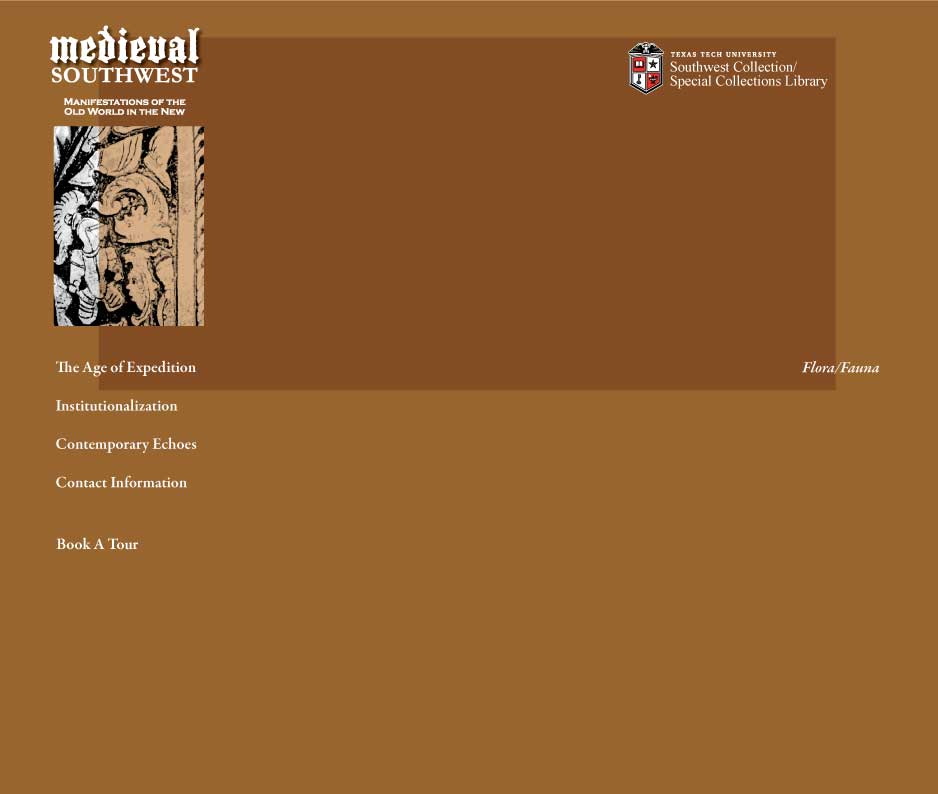"Joyfull newes out of the new-found worlde"
The first European observers described the Americas as a terrestrial paradise where “gentle, loving and faithful” peoples lived in “...a delicate garden...the most plentiful, sweet, fruitful and wholesome of all the world.” Of special delight was the astonishing profusion of iridescently colored birds, the first New World animals they encountered.
But their “Joyfull Newes” was mixed with profound bewilderment. After all, their voyages had been planned and financed to establish trade with Asia. Where were the Oriental bazaars brimming with the luxury goods that would secure them and their backers wealth and prestige? And where were the tigers, the elephants, the exotic spice groves? Most Old World flora and fauna had long been described and placed into known categories. How could they describe, let alone explain, such bizarre creatures as the iguana and manatee, or unrecognized plants, like tobacco and sunflower, corn and cacao?
Soon, however, European governments and citizens alike grasped the benefits inherent in dominating people and nature on a truly continental scale. After exploiting its precious metals, expeditions turned to the New World’s rich storehouse of botanicals, especially the crops the Amerindians had grown for centuries but could be adapted for cultivation elsewhere. The conquerors turned colonists reaped extra benefits from the native as well as introduced crops the now-enslaved farmers produced for them on huge plantations.
 The Amerindians relied on fishing and
hunting to provide additional sources of food, clothing and other
resources. Unlike Eurasia, the Americas contained no animals that could be
domesticated except the llama, dog, turkey and duck. Mesoamericans
did cultivate a wide range of insects, including butterfly larvae and
grasshoppers. In fact, one of Mexico’s surprising treasures was a small
insect, the cochineal. Producing a brilliant red dye when crushed, by 1600
it had become the second most valuable import from Mexico, after silver.
The Amerindians relied on fishing and
hunting to provide additional sources of food, clothing and other
resources. Unlike Eurasia, the Americas contained no animals that could be
domesticated except the llama, dog, turkey and duck. Mesoamericans
did cultivate a wide range of insects, including butterfly larvae and
grasshoppers. In fact, one of Mexico’s surprising treasures was a small
insect, the cochineal. Producing a brilliant red dye when crushed, by 1600
it had become the second most valuable import from Mexico, after silver.
[left] The first European observers of the New World saw the Amerindians as living in harmony with their environment and eager to share its bounty. Since parrots could survive long sea voyages, they became one of the earliest commercial products of the Americas. Drawing by Low Rosemary. Cuban Amazon Parrot. Amazon Parrots. London: R. d’Erlanger/The Basilisk Press, Ca. 1983.

[above] Nieremberg had no first-hand knowledge of the animals he was describing, as evidenced by such statements that armadillos used their shells to trap deer. The book’s engravings are more accurate. Later accounts would include information from the Mesoamericans themselves, such as that eating opossums’ tails improves your digestion and that rattlesnakes could be captured by throwing fine tobacco at them. Drawing by Christopher Jegher. Nieremberg, Juan Eusebio. Historia Natvrae. Antverpiae: Ex officina Plantiniana B. Moreti, 1635.
The Age of Expedition -- Expedition -- Coronado -- Flora and fauna
